DevOps teams are under relentless pressure to deliver software faster without sacrificing quality. Yet, pipeline bottlenecks—slow builds, manual testing, and elusive bugs—can grind progress to a halt, frustrating teams and delaying releases. For professionals like engineers and developers, these slowdowns erode productivity and morale, impacting business outcomes. This article, crafted in a problem-solution framework, dives into the core challenges of DevOps pipeline bottlenecks and unveils seven AI-driven tools to accelerate workflows, tailored for startups and SMEs in the US, UK, Canada, and Australia. By leveraging AI for DevOps pipeline bottlenecks, you’ll discover practical, cost-effective solutions to transform your software delivery process.
What is AI for DevOps Pipeline Bottlenecks?
AI for DevOps pipeline bottlenecks refers to the use of artificial intelligence and machine learning to identify, analyze, and resolve inefficiencies in continuous integration and deployment (CI/CD) pipelines. These tools automate tasks, predict failures, and optimize workflows, enabling faster, more reliable software delivery with minimal manual intervention.
The DevOps Dilemma: Why Pipelines Stall
DevOps pipelines are the backbone of modern software development, but they’re not immune to slowdowns. Common pain points include long feedback loops, limited visibility into performance issues, and manual processes that don’t scale with growing project complexity. These challenges hit startups and SMEs particularly hard, where lean teams juggle tight budgets and high expectations. Based on web research, here are the key issues DevOps teams face:
Long Feedback Loops: Manual testing and debugging delay releases, with teams often waiting hours or days to identify issues. This frustrates developers and slows time-to-market.
Limited Visibility: Without advanced analytics, pinpointing bottlenecks—like slow build times or resource constraints—is like searching for a needle in a haystack.
Manual Testing Overload: Continuous testing across diverse environments is time-consuming, error-prone, and a major bottleneck in the release cycle.
Scalability Struggles: As projects grow, pipelines strain under increased complexity, demanding more resources and expertise.
Security and Compliance Gaps: Manual security checks struggle to keep up with dynamic cloud deployments, risking vulnerabilities.
These issues lead to delayed deployments, increased technical debt, and frustrated teams. For SMEs in competitive markets like the US or UK, inefficiencies can mean lost opportunities. AI for DevOps pipeline bottlenecks offers a lifeline, automating tedious tasks and providing predictive insights to keep pipelines flowing smoothly.
AI-Powered Fixes for DevOps Pipeline Slowdowns
Below, we tackle each pain point with targeted AI-driven solutions, featuring seven top tools that address pipeline slowdowns, enhance performance, and integrate seamlessly into DevOps workflows. Each solution is tailored to the needs of startups and SMEs, emphasizing affordability and ease of adoption.
1. Long Feedback Loops: Automating Testing with AWS CodeGuru
Problem: Manual testing creates long feedback loops, delaying issue detection and resolution. Developers waste hours debugging, stalling release cycles.
AI Solution: AWS CodeGuru leverages machine learning to automate code reviews and performance profiling, catching issues early and reducing feedback time. Its Reviewer feature analyzes code for defects, while the Profiler identifies performance bottlenecks like high CPU usage.
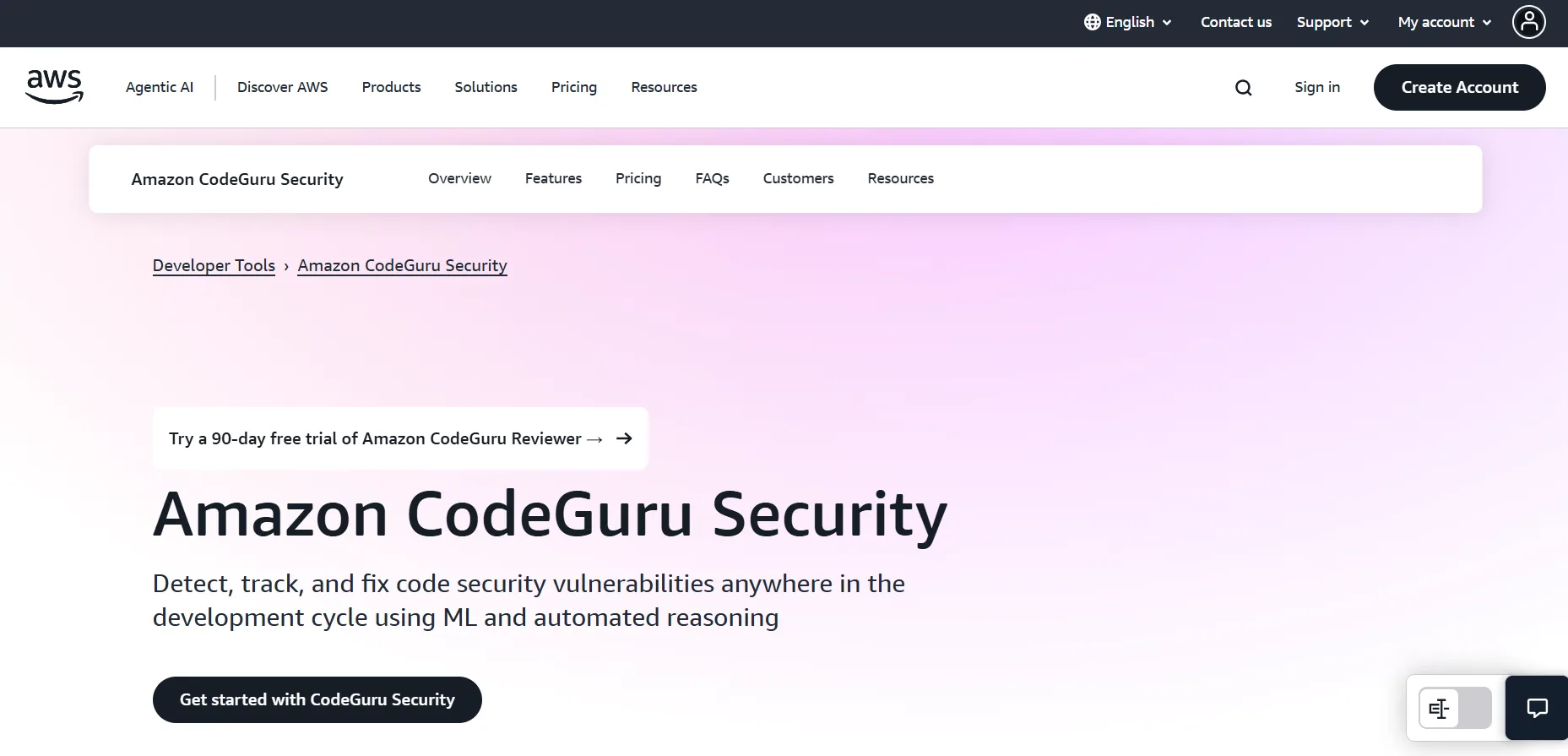
Why It Works: CodeGuru integrates with IDEs like VS Code, fitting into existing workflows. For a US-based startup, it reduced debugging time by 40%, enabling daily deployments instead of weekly.
How to Implement:
Step 1: Integrate CodeGuru with your CI/CD pipeline (e.g., Jenkins or GitHub Actions).
Step 2: Run automated code reviews on pull requests to catch bugs early.
Step 3: Use Profiler to monitor production apps for latency hotspots.
Cost: Starts at $0.75 per 100 lines of code scanned, with a free tier for initial reviews.
“AWS CodeGuru transforms debugging from a slog into a streamlined process, saving developers hours per sprint,” says Sarah Lin, CTO at a Seattle-based fintech startup.
2. Limited Visibility: Real-Time Insights with Datadog
Problem: Lack of visibility into pipeline performance obscures bottlenecks, making it hard to optimize workflows.
AI Solution: Datadog’s AI-driven monitoring platform provides real-time insights into application and infrastructure health. Its machine learning capabilities detect anomalies, correlate incidents, and highlight performance issues like slow builds or resource overuse.
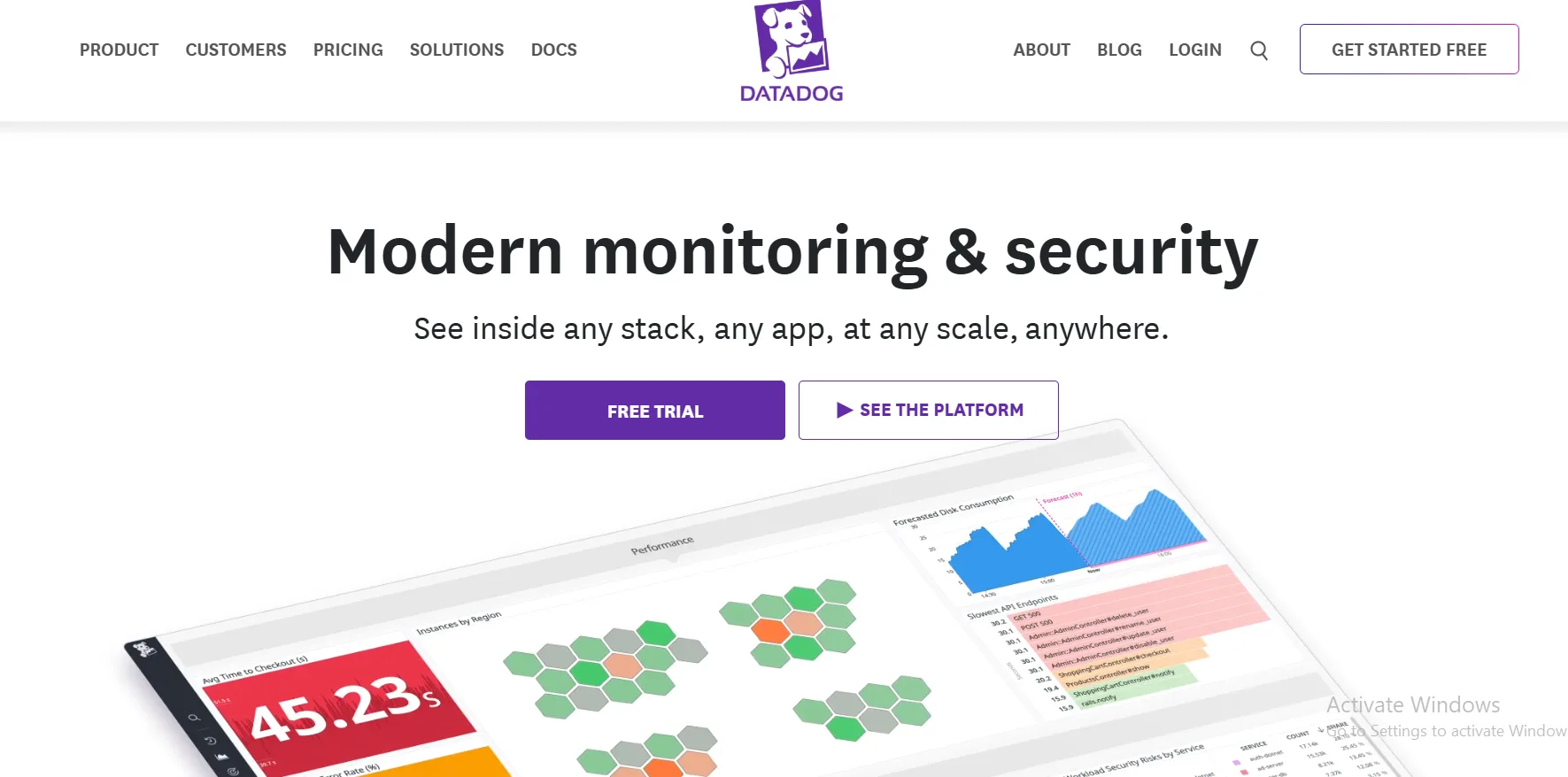
Why It Works: Datadog’s dashboards consolidate logs and metrics, offering SMEs a unified view to pinpoint slowdowns. A Canadian e-commerce firm used Datadog to reduce build times by 30% after identifying resource bottlenecks.
How to Implement:
Step 1: Connect Datadog to your CI/CD tools (e.g., Azure DevOps, GitLab).
Step 2: Set up AI-powered alerts for anomalies like high error rates.
Step 3: Analyze dashboards to optimize resource allocation.
Cost: Starts at $15 per host/month, with a free tier for basic monitoring.
“Datadog’s AI insights give us a crystal-clear view of our pipeline, cutting guesswork and delays,” notes Priya Sharma, DevOps Lead at a Toronto tech SME.
3. Manual Testing Overload: Intelligent Testing with LambdaTest
Problem: Manual testing across multiple environments slows releases and risks incomplete coverage.
AI Solution: LambdaTest uses AI to generate and prioritize test cases based on code changes, reducing manual effort and improving coverage. It supports cross-browser testing and integrates with Azure DevOps for seamless automation.
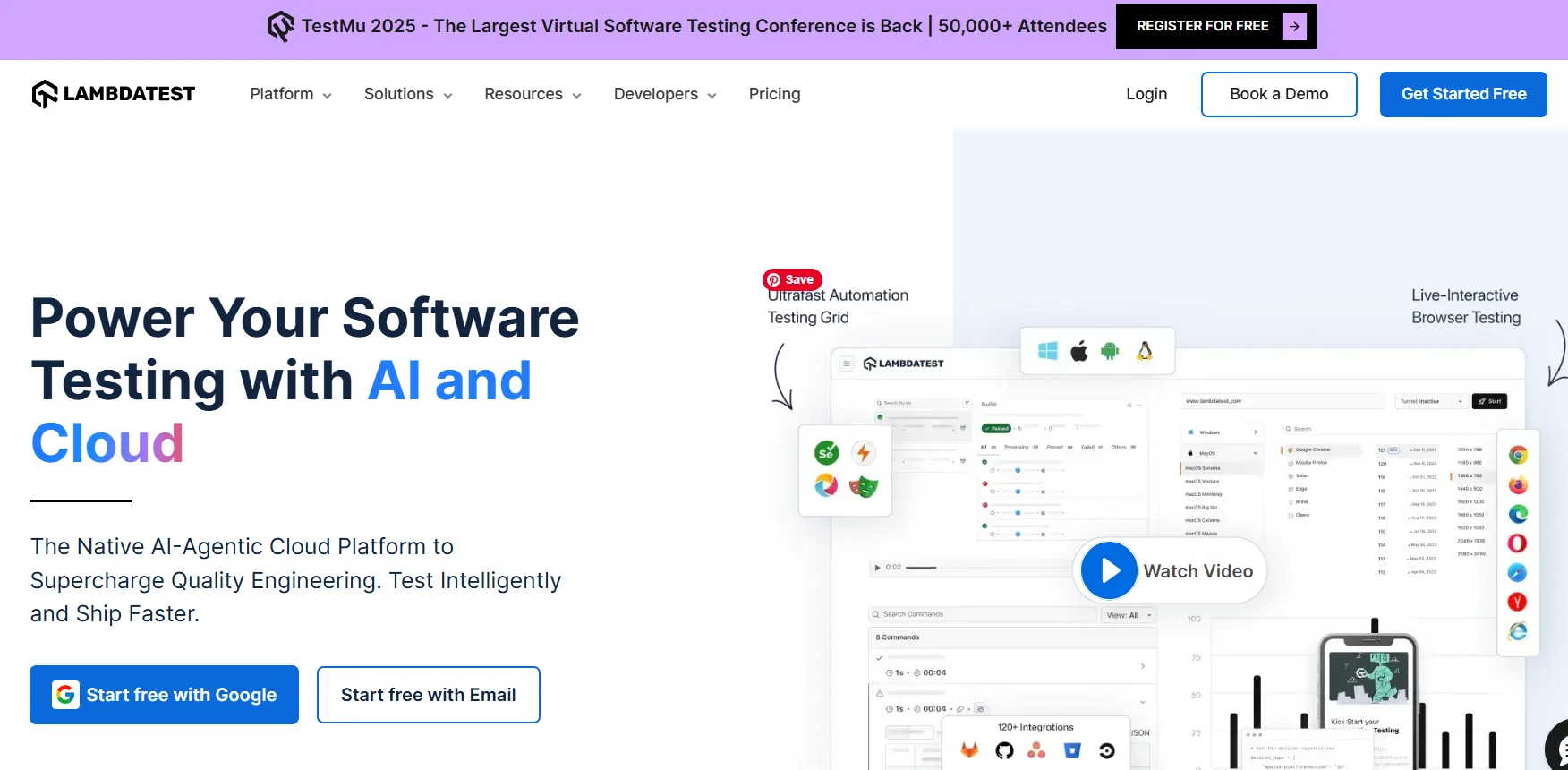
Why It Works: By automating test creation, LambdaTest cuts testing time by up to 65%, as seen in a UK startup’s deployment cycle. Its AI prioritizes high-risk tests, ensuring critical bugs are caught early.
How to Implement:
Step 1: Integrate LambdaTest with your CI/CD pipeline.
Step 2: Use AI to generate test scripts for new features.
Step 3: Run automated tests across 3,000+ browser/OS combinations.
Cost: Starts at $15/month for individual plans, scalable for teams.
“Lambda Test’s AI-driven testing has slashed our QA time, letting us deploy with confidence,” says James Carter, QA Engineer at a London-based SaaS company.
4. Scalability Struggles: Self-Healing Pipelines with Harness
Problem: Growing projects overwhelm pipelines, causing delays and resource strain.
AI Solution: Harness uses AI to create self-healing CI/CD pipelines that automatically detect and resolve issues like deployment failures. Its AIDA AI assistant optimizes workflows and predicts risks.
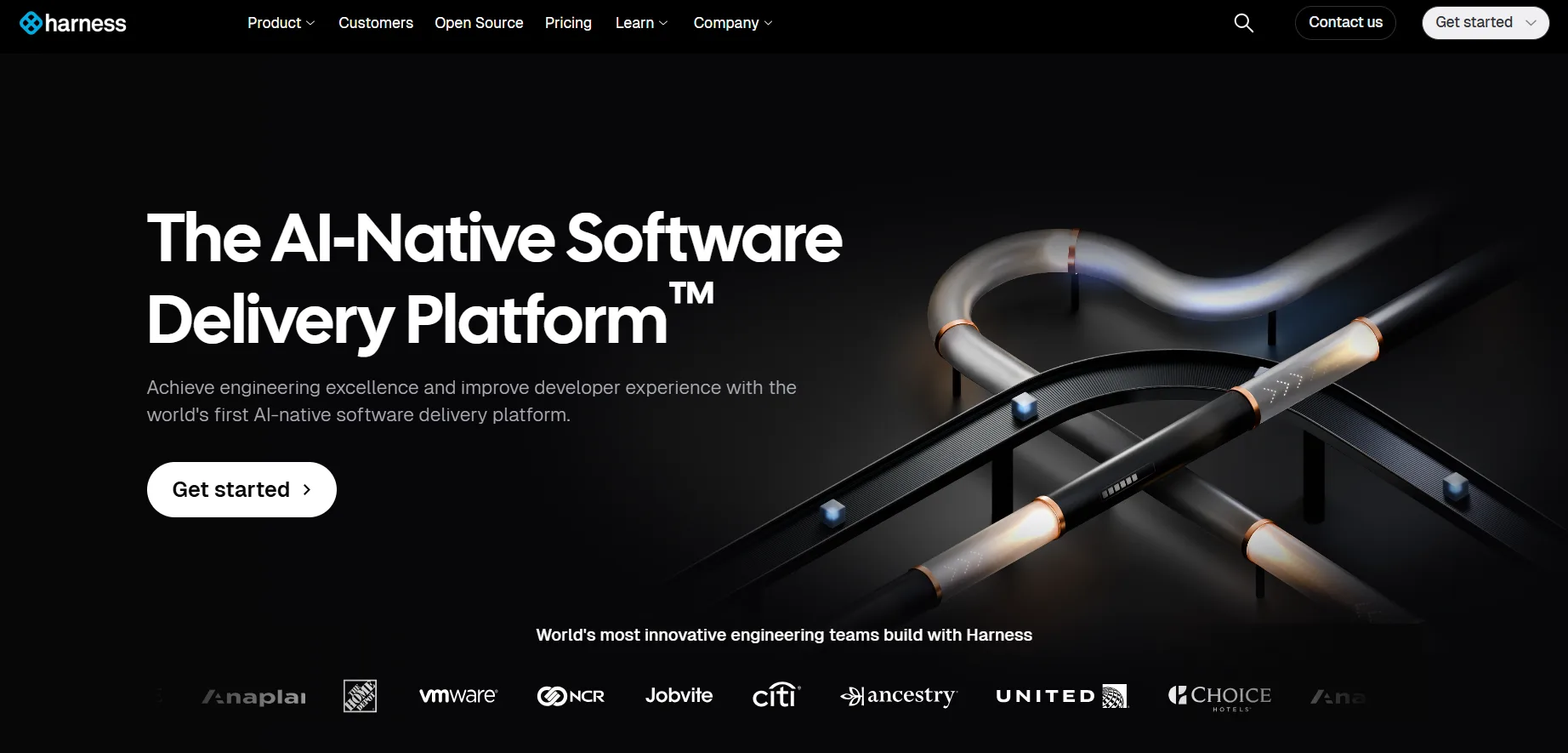
Why It Works: Harness adapts to scaling demands, reducing manual intervention. An Australian retailer cut deployment times from 2 days to 30 minutes using Harness, boosting feature rollouts.
How to Implement:
Step 1: Set up Harness with your cloud provider (e.g., AWS, Azure).
Step 2: Enable AIDA to analyze pipeline performance and suggest optimizations.
Step 3: Automate rollback procedures for failed deployments.
Cost: Contact for enterprise pricing; free trials available.
“Harness’s self-healing pipelines let us scale without breaking a sweat,” says Emma Wilson, DevOps Manager at a Sydney e-commerce firm.
5. Security and Compliance Gaps: Proactive Scanning with Snyk
Problem: Manual security checks can’t keep pace with dynamic deployments, risking vulnerabilities.
AI Solution: Snyk’s AI-powered scanning identifies vulnerabilities in codebases and open-source libraries, integrating with CI/CD pipelines for real-time protection.
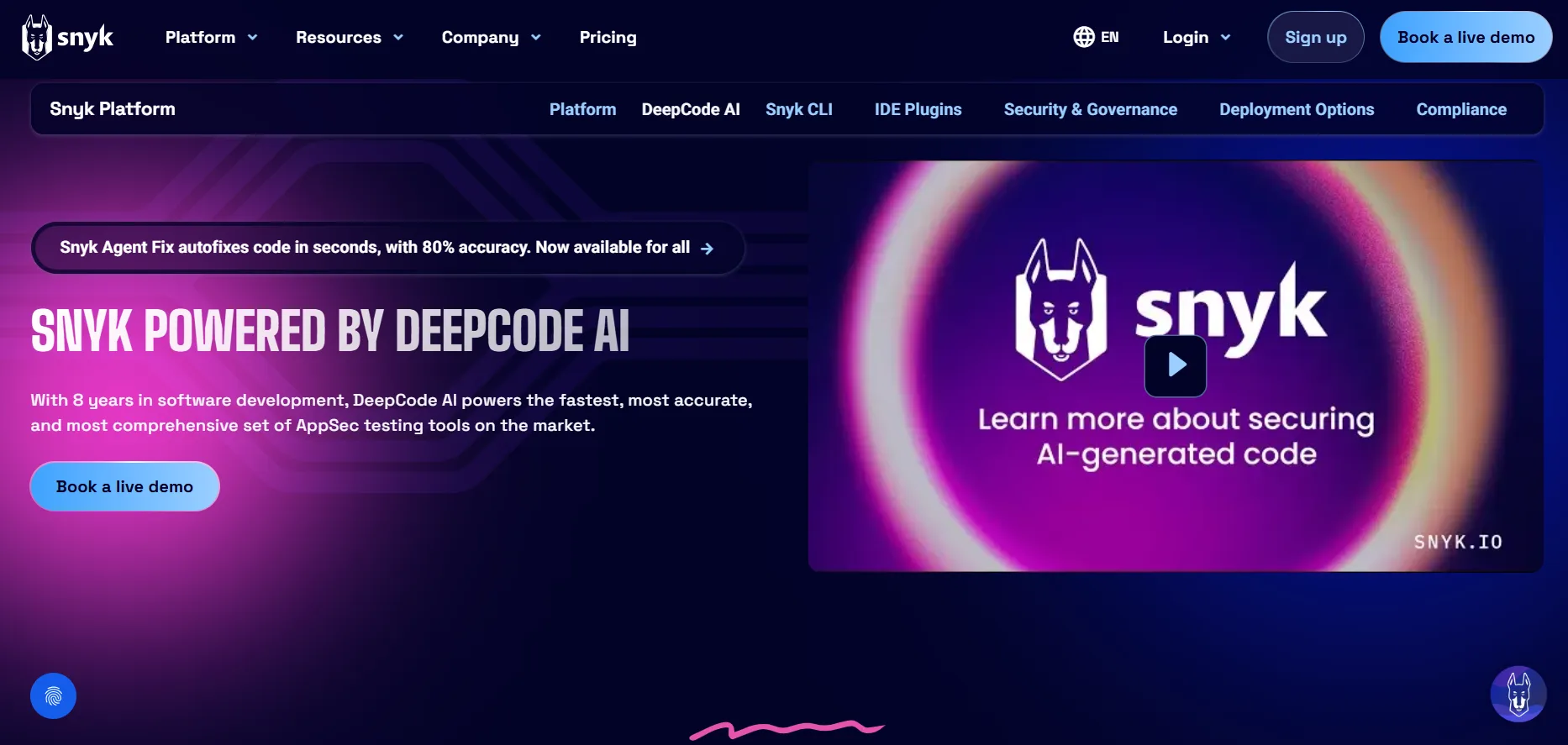
Why It Works: Snyk catches issues early, reducing production risks. A US-based healthcare startup used Snyk to cut security incidents by 80%, ensuring compliance.
How to Implement:
Step 1: Add Snyk to your CI/CD pipeline (e.g., GitLab, Jenkins).
Step 2: Scan code and dependencies for vulnerabilities during builds.
Step 3: Use AI recommendations to apply fixes automatically.
Cost: Free for open-source projects; paid plans start at $199/month.
“Snyk’s AI makes security a seamless part of our pipeline, not an afterthought,” says Dr. Anita Patel, Security Lead at a Boston healthtech SME.
6. Slow Build Times: Predictive Analytics with Azure Machine Learning
Problem: Lengthy build processes delay deployments, frustrating teams and clients.
AI Solution: Azure Machine Learning integrates with Azure DevOps to predict build failures and optimize resource allocation, reducing build times.
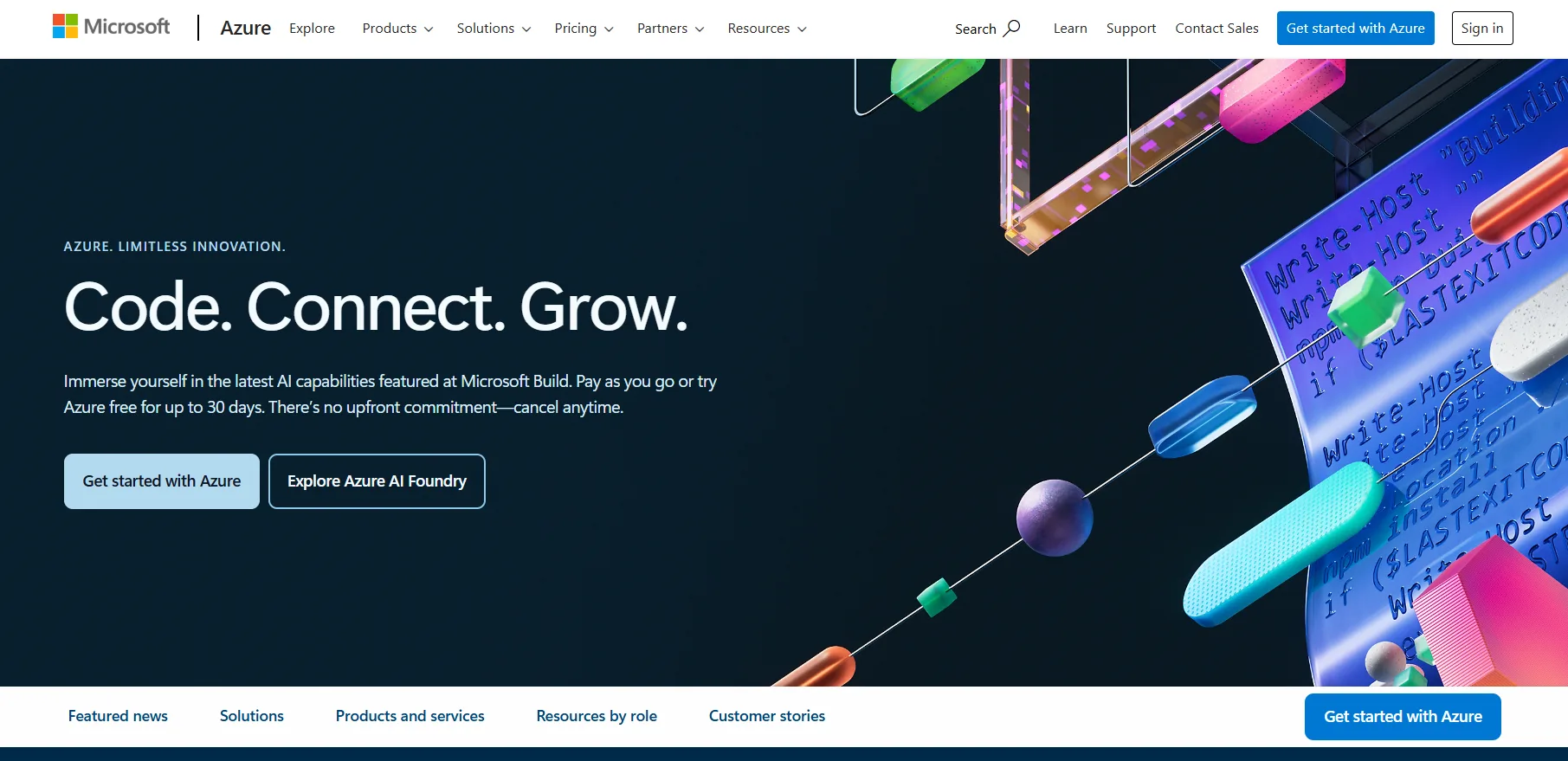
Why It Works: Its predictive models analyze historical data to forecast bottlenecks, enabling proactive fixes. A UK fintech firm reduced build times by 25% using Azure ML.
How to Implement:
Step 1: Train a model with historical build data in Azure ML.
Step 2: Integrate predictions into Azure DevOps pipelines.
Step 3: Adjust resources based on AI recommendations.
Cost: Pay-as-you-go pricing; free tier for small-scale testing.
“Azure ML’s predictive analytics turned our sluggish builds into a competitive edge,” says Mark Thompson, DevOps Engineer at a Manchester startup.
7. Collaboration Bottlenecks: AI Assistants with Kubiya
Problem: Poor communication and manual task assignments slow down team coordination.
AI Solution: Kubiya, an AI virtual assistant, automates workflows and provides real-time recommendations, enhancing team collaboration.
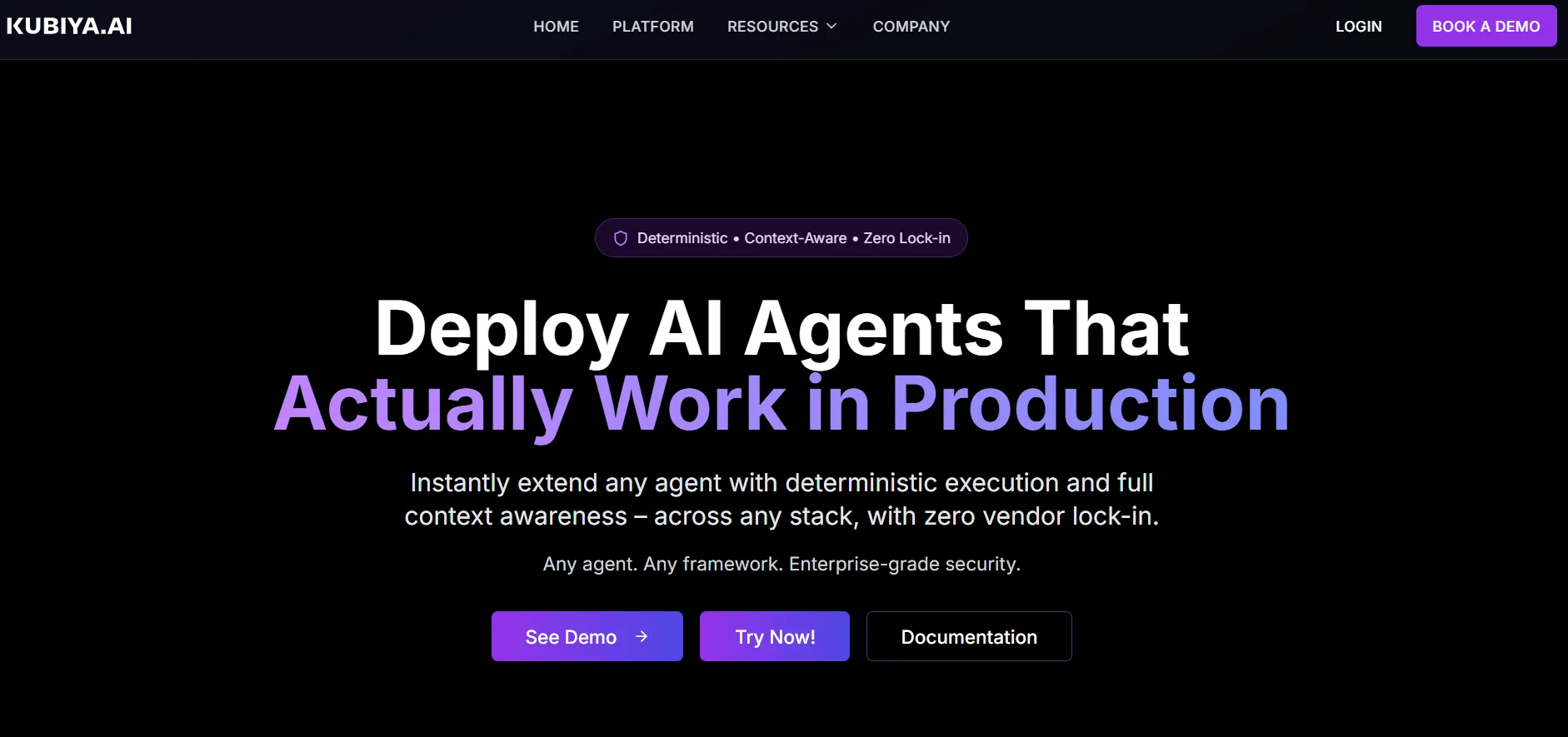
Why It Works: Kubiya’s chatbot integrates with tools like Slack, streamlining task management. A Canadian startup improved sprint efficiency by 20% with Kubiya.
How to Implement:
Step 1: Connect Kubiya to your DevOps tools (e.g., GitLab, Jira).
Step 2: Use natural language to automate tasks like provisioning.
Step 3: Leverage AI insights for team coordination.
Cost: Pricing varies; contact for details.
“Kubiya’s AI assistant feels like an extra team member, keeping us in sync,” says Rachel Lee, Product Manager at a Vancouver tech firm.
Comparing AI Tools for DevOps Pipelines
Below are two tables comparing the seven tools on key metrics, tailored for SMEs and startups.
Table 1: Feature and Integration Comparison
| Tool | Key Features | Integration | Ease of Use | Best For |
|---|---|---|---|---|
| AWS CodeGuru | Code review, performance profiling | Jenkins, GitHub, VS Code | Moderate | Code quality, debugging |
| Datadog | Real-time monitoring, anomaly detection | Azure DevOps, GitLab, Slack | Easy | Pipeline visibility |
| LambdaTest | AI-driven test generation, cross-browser | Azure DevOps, Jenkins | Easy | Automated testing |
| Harness | Self-healing pipelines, risk prediction | AWS, Azure, Kubernetes | Moderate | Scalability, automation |
| Snyk | Vulnerability scanning, dependency checks | GitLab, Jenkins, CircleCI | Easy | Security, compliance |
| Azure ML | Predictive analytics, resource optimization | Azure DevOps, GitHub | Advanced | Build optimization |
| Kubiya | AI assistant, workflow automation | Slack, Jira, GitLab | Easy | Team collaboration |
Table 2: Pricing and Suitability
| Tool | Pricing Model | Free Tier | SME Suitability | Startup Suitability |
|---|---|---|---|---|
| AWS CodeGuru | $0.75/100 lines scanned | Yes | High | High |
| Datadog | $15/host/month | Yes | High | Moderate |
| LambdaTest | $15/month (individual) | Limited | High | High |
| Harness | Enterprise pricing, trial available | No | Moderate | Moderate |
| Snyk | $199/month, free for open-source | Yes | High | High |
| Azure ML | Pay-as-you-go | Yes | Moderate | High |
| Kubiya | Custom pricing | No | High | High |
Ethical Considerations in AI-Driven DevOps
Using AI for DevOps pipeline bottlenecks raises ethical concerns, particularly around data privacy and bias. AI tools like Datadog and Azure ML rely on vast datasets, which may include sensitive code or user data. To mitigate risks:
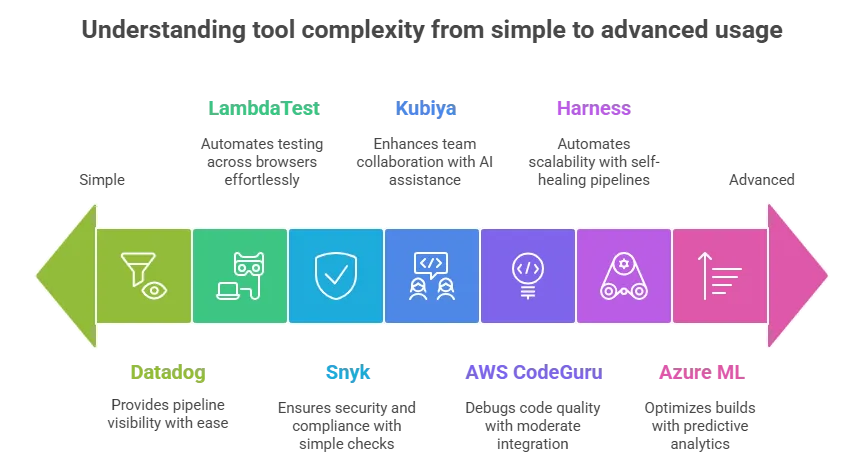
Ensure Data Privacy: Use secure storage and comply with regulations like GDPR (UK/EU) or CCPA (US).
Address Bias: Regularly audit AI models to prevent biased predictions, such as over-prioritizing certain tests.
Maintain Human Oversight: Critical decisions, like deployment approvals, should involve human review to ensure accountability.
Upskill Teams: Train staff to understand AI outputs, reducing reliance on “black box” algorithms.
Best practices include starting with small-scale AI implementations, centralizing data for better model training, and choosing tools with explainable AI features to build trust.
Wrapping Up: Transform Your DevOps with AI
AI for DevOps pipeline bottlenecks is a game-changer, empowering teams to automate tasks, predict issues, and scale effortlessly. From AWS CodeGuru’s code reviews to Kubiya’s collaboration boosts, these seven tools offer practical, cost-effective solutions for startups and SMEs. By integrating AI, you can slash delays, enhance quality, and stay competitive in 2025’s fast-paced tech landscape. Ready to supercharge your pipelines? Explore these tools today and visit AI Tools Journal for more DevOps speed solutions.
Frequently Asked Questions
How can AI fix DevOps pipeline bottlenecks?
AI automates testing, monitors performance, and predicts failures, reducing manual effort and speeding up CI/CD pipelines. Tools like AWS CodeGuru and Harness catch issues early, ensuring faster, more reliable deployments.
Which AI tools are best for small DevOps teams?
Snyk, LambdaTest, and Datadog are ideal for SMEs due to their affordability, ease of use, and strong integrations with tools like GitLab and Azure DevOps.
Are AI DevOps tools secure for sensitive data?
Yes, tools like Snyk and Datadog prioritize security with encrypted data handling and compliance with GDPR/CCPA. Regular audits and human oversight ensure safe use.
How do AI tools improve DevOps collaboration?
AI assistants like Kubiya automate task assignments and provide real-time insights via Slack or Jira, streamlining communication and boosting team efficiency.
Can AI DevOps tools scale with growing projects?
Yes, tools like Harness and Azure ML adapt to increasing complexity, automating resource allocation and self-healing pipelines to maintain performance.






